Sport Injuries
Which are the most frequent condition related to different sports?
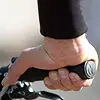 | CYCLING MOUNTAIN BIKE: wrist and hand fractures, ligament lesions. Other frequent conditions are related to the maintenance of the same posture for a long time on the handlebar. This may lead to tendons inflammations (such as De Quervain’s desease). Prolonged pression and vibrations at the level of the wrist may cause compressions on the peripheral nerves leading to numbness and loss of strength (Carpal Tunnel Syndrome, Ulnar nerve compression at the elbow) |
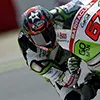 | MOTORCYCLING: wrist fractures, scaphoid fractures and high energy trauma. Chronic exertional compartment syndrome (pump arm syndrome). The latter, unfortunately too often not recognized, leads to muscle weakness, numbness, pain at the level of the forearm though the need for the athlete to stop riding the bike. Symptoms disappear typically after few minutes the activity is stopped. |
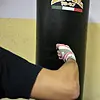 | BOX AND MARTIAL ARTS: carpal and metacarpal bone fractures play a main role as well as ligament lesions of the wrist (above all the triangular fibrocartilage complex and scapholunate ligament). Fractures are more frequent in those athletes who acquired a better technique, while ligament lesions are more reported in amatorial athletes who haven’t acquired a proper technique yet. There are also conditions related to the repetitive trauma to the hand and wrist such as painful subluxation between carpal and metacarpal bones and gradual damage to the cartilage. |
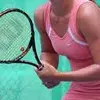 | TENNIS AND SQUASH: flexor and extensor tendons of the forearms, ligament lesions of the wrist, especially to the triangular fibrocartilage complex are the main reported conditions |
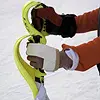 | SKIING AND SNOWBOARDING: lesion of the ulnar collateral ligament of the metacarpal phalangeal joint of the thumb (so called gamekeeper’s thumb), wrist fractures and scaphoid fractures |
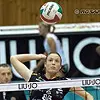 | BASKETBALL, WATERPOLO, VOLLEYBALL: dislocations of the interphalangeal joints, ligamentous sprain of the fingers and wrist are quite common. A frequent finding is the so called mallet finger: in this condition there’s a lack of extension of the distal phalanx related to a tendon lesion or to an avulsion fracture of the just mentioned tendon. |
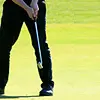 | GOLF: wrist ligament lesions (especially to the triangular fibrocartilage complex) or overload conditions such as tendons inflammation. Rarely fractures of the pisiform bone may occur. |
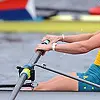 | RAWING, SAILING KAYACK: De Quervain’s tenosynovitis, Chronic exertional compartment syndrome play a main role. |
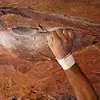 | CLIMBING AND KITE SURF: Amazing is the load on the digits. Lesions to the digital pulleys may reach the 44% of lesion incidence in this sport, followed by fractures, ligament lesions, tendons inflammatory and overload conditions such as the so called trigger finger. |
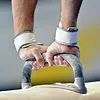 | GYMNASTICS: flexor and extensor tendons inflammations, forearm fractures and wrist ligament lesions. |

